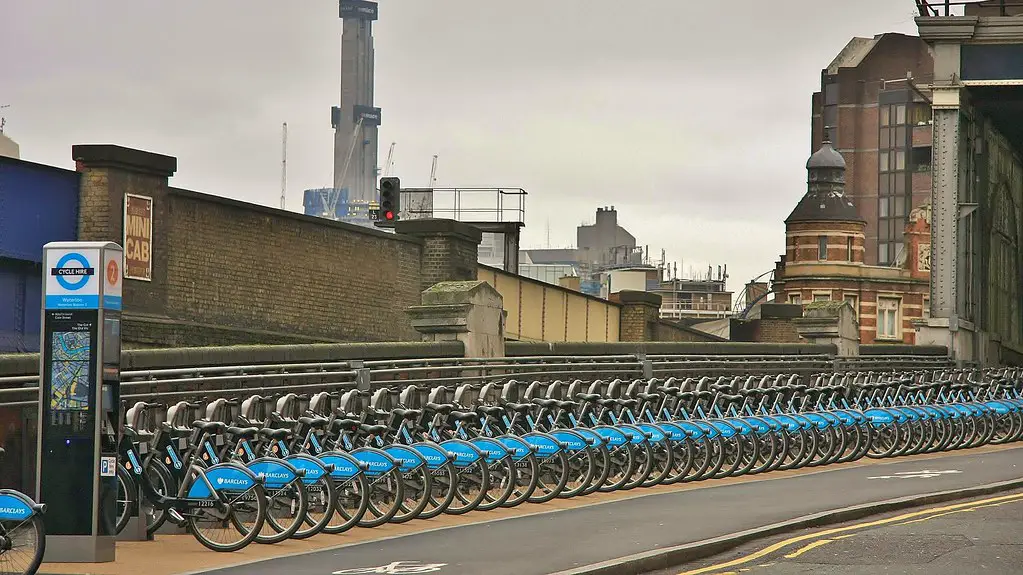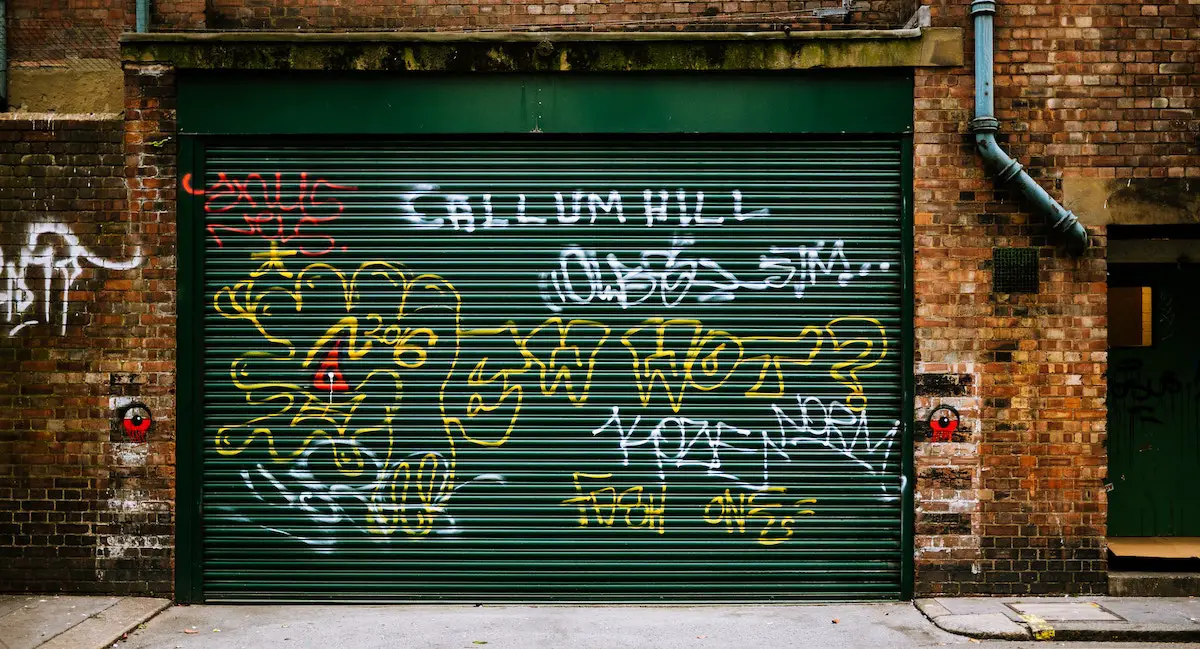In the first three parts of this photo essay series it has been shown how some cities in Europe have integrated bicycles within their transport networks. The essays have illustrated how well marked bicycle lanes, accessible parking spaces, signals indicating directions and distances, and connection with public transportation and maps encourage people to cycle more and make cycling part of their every day commute.
Instead of showing more of the same, this fourth part explores Uppsala – a small city of around 200,000 inhabitants that has managed to make bicycles its main mode of transportation. A city where cyclists have colonised the road. The high use of bicycles is visible from the moment you arrive in Uppsala. Next to the newly built train station there are two bicycle parks with capacity for over two thousand bikes.

Many people work or live in the nearby towns or in Stockholm – which is 40 minutes away – and combine the train and bike in their daily commute. Some have bikes in both cities. The bicycle park has been integrated with shrubs and trees, so that the high number of bikes does not have a negative visual impact on the area.

A few blocks away from the station, one can find several streets of Uppsala’s city center being used as shared space streets.

What is interesting about Uppsala is that in most cases there has been no need to create new designs or rebuild the streets. Just a few bicycle parking racks together with signs clearly indicating the place to park, and some plants and flowers to give a little aesthetic touch.

As shown in the Photo Essay about Stockholm, the main reason why these kind of streets work without depending on the existence of well designed physical infrastructures is that people are highly aware and respect the norms for using bikes in the city. It’s success has more to do with civic behavior and education of pedestrians, cyclists and drivers than with well designed bicycle lanes.

Of course, when design and physical structures are combined with civic awareness, education and behavior, the results are much more significant. This is one of the messages explored on my own blog, UrbanDifference.

In some streets, car park places have been transformed into places for bike parking.

What was before a street with 15 car parking spaces is now an area where more than 150 bicycles can park.

The sum of all the factors that have been mentioned before have made Uppsala’s city center a calm, car free area, where pedestrians and cyclists are the majority. Something not even the cold Swedish weather can stop.



